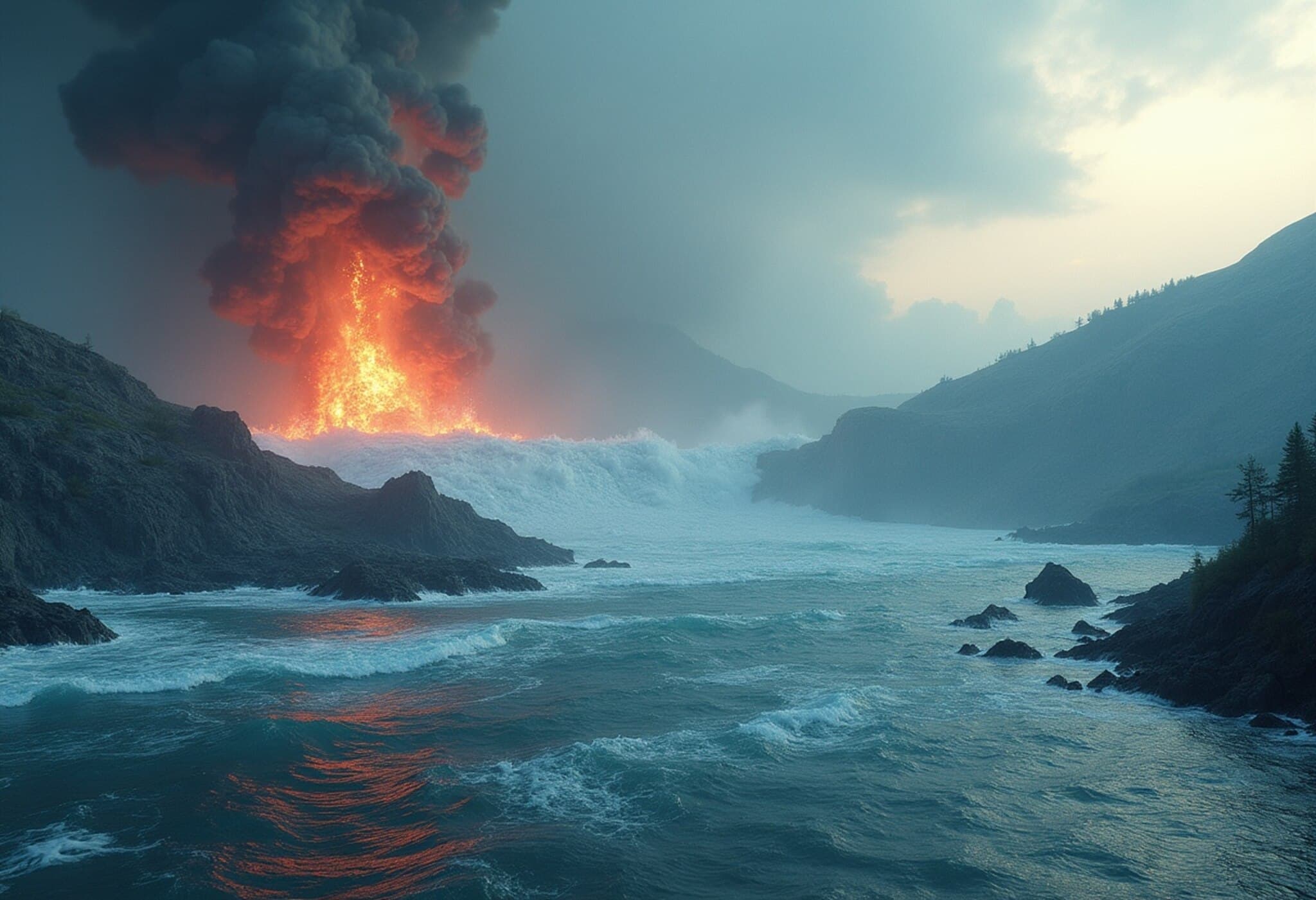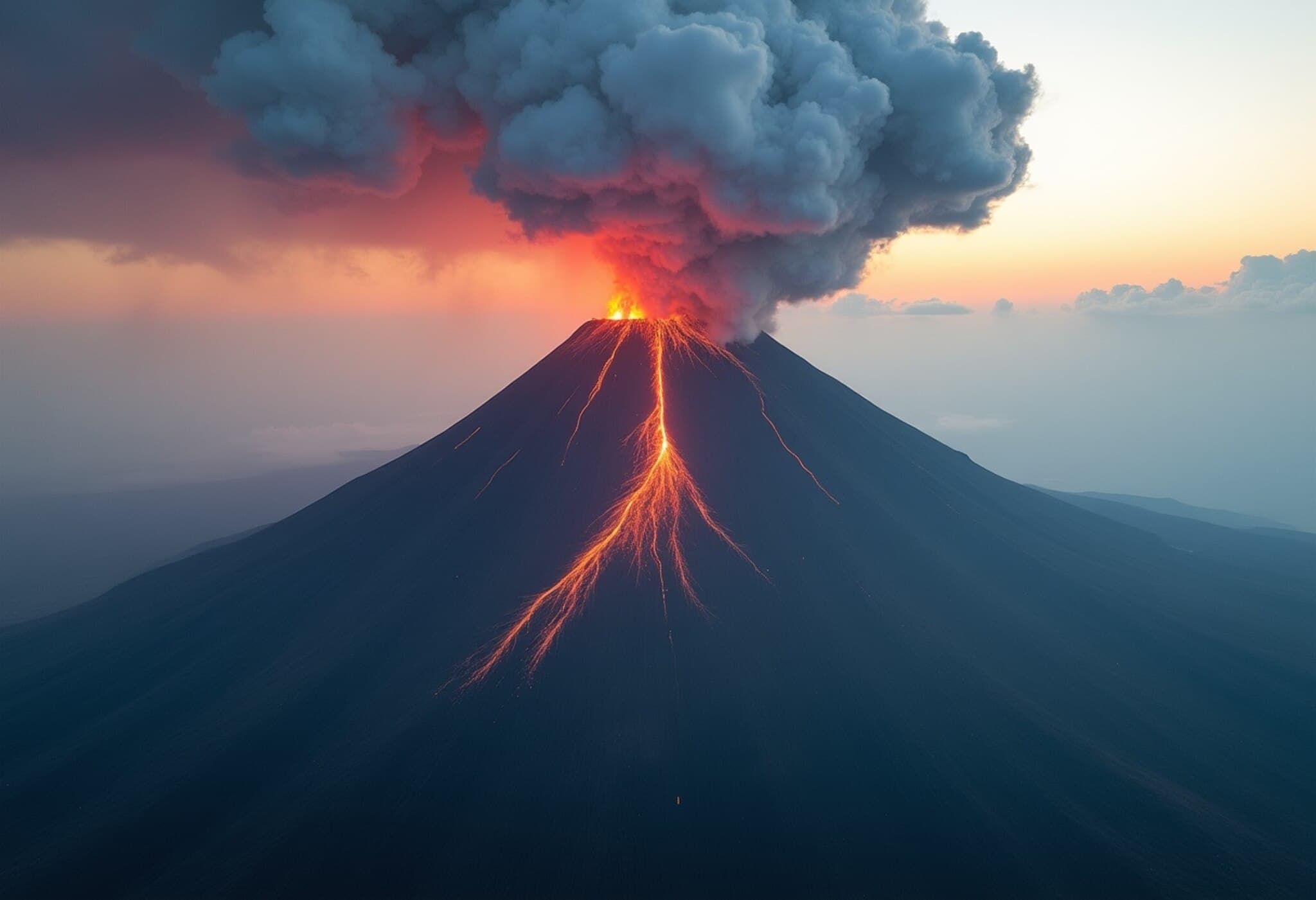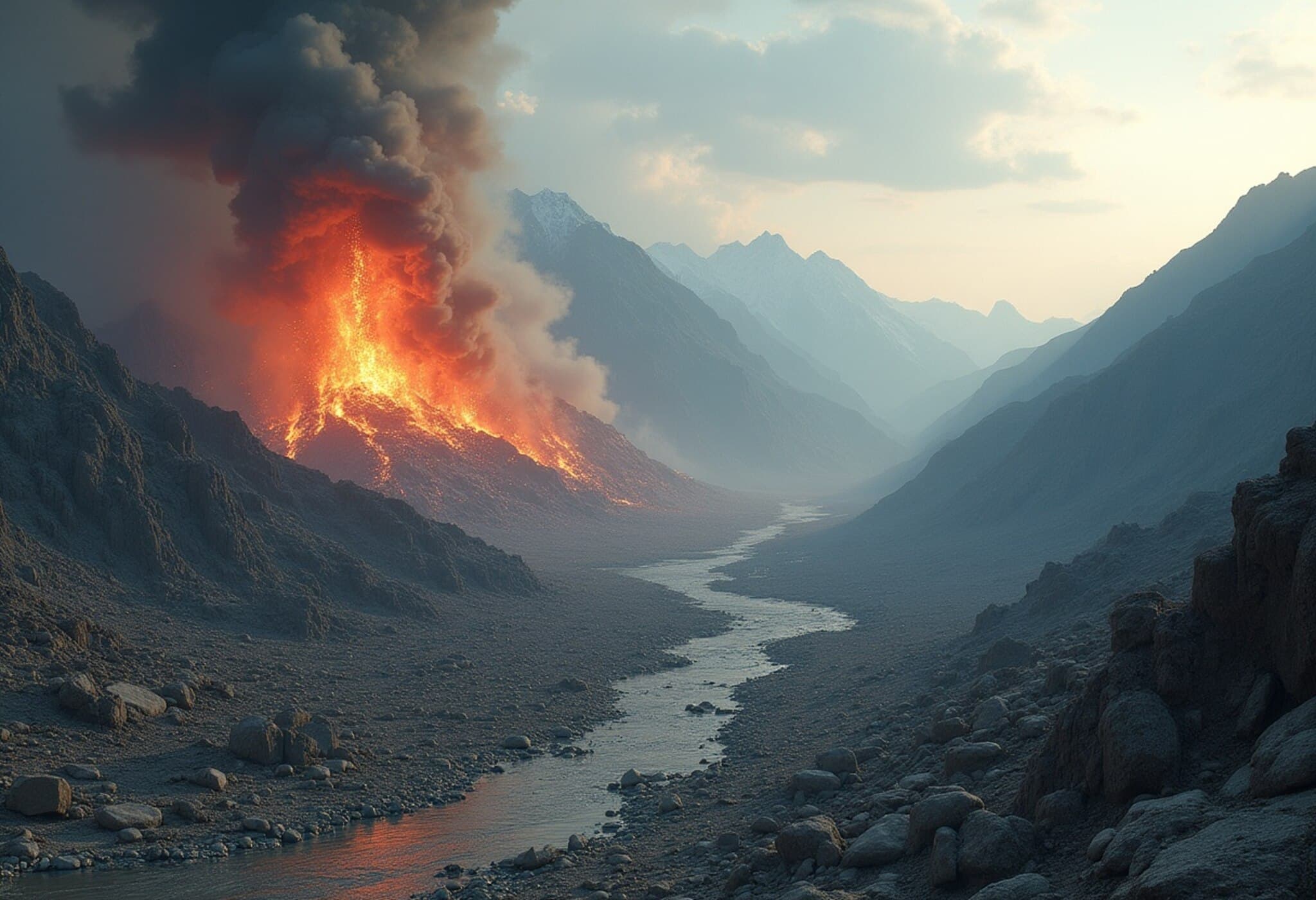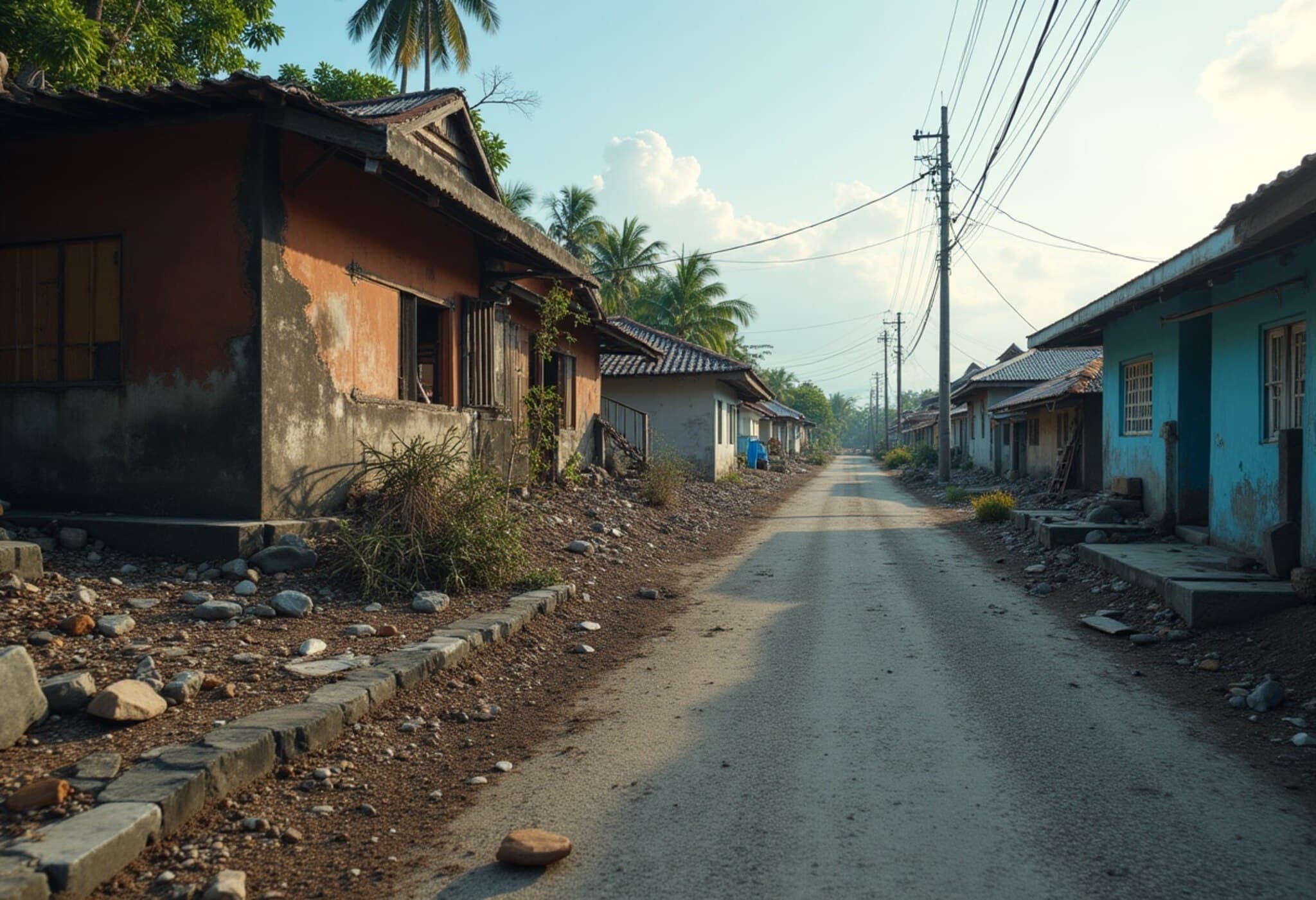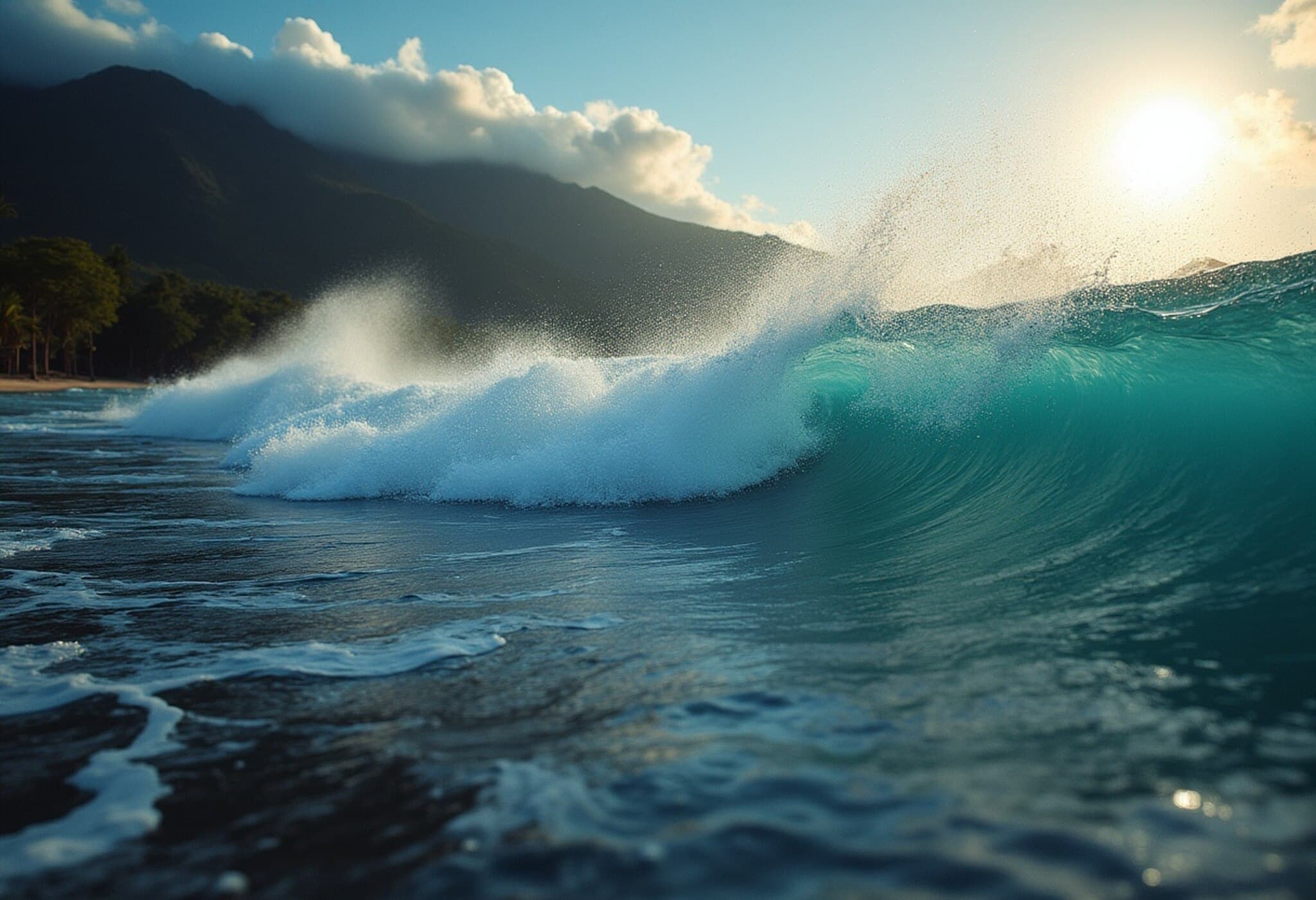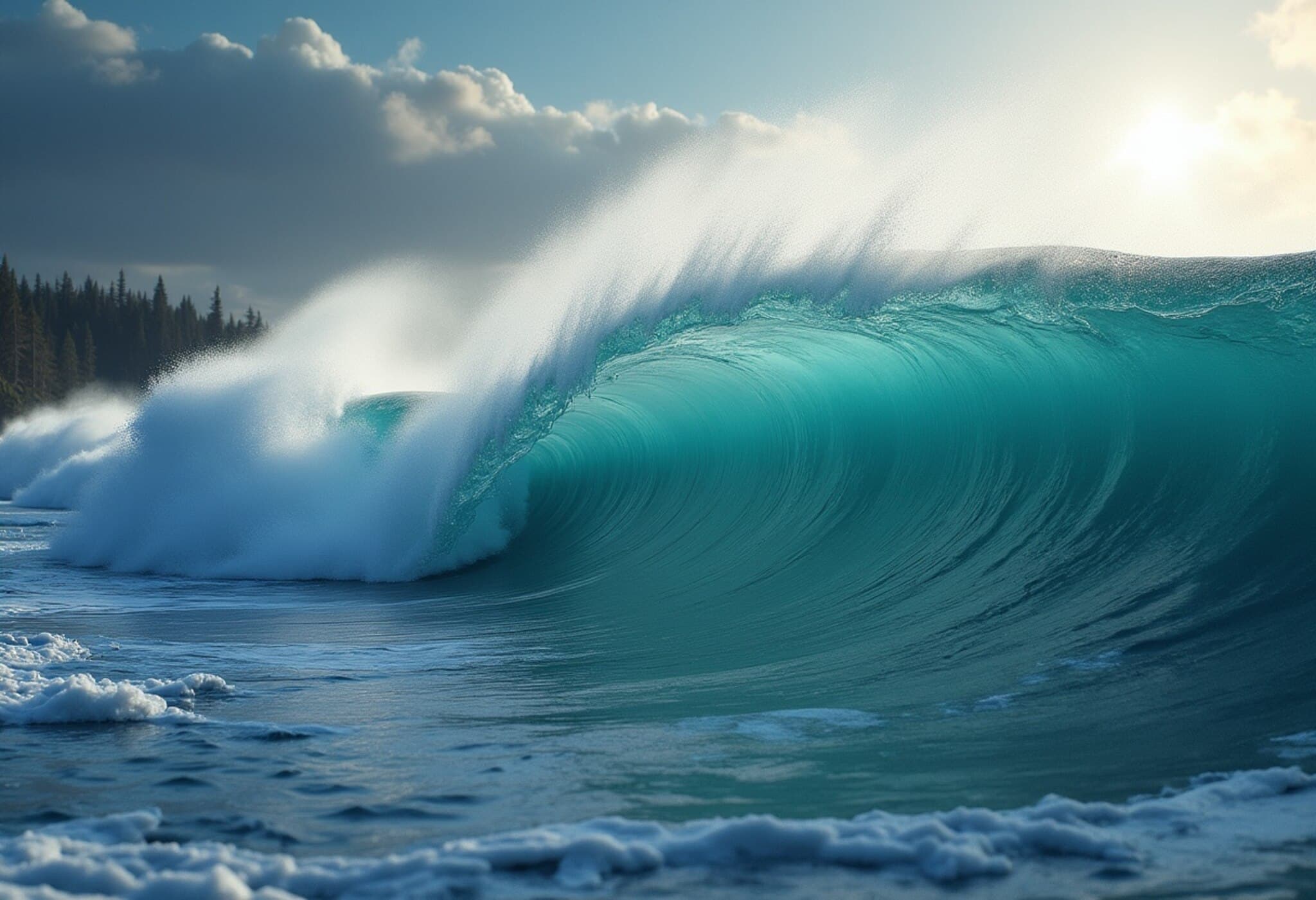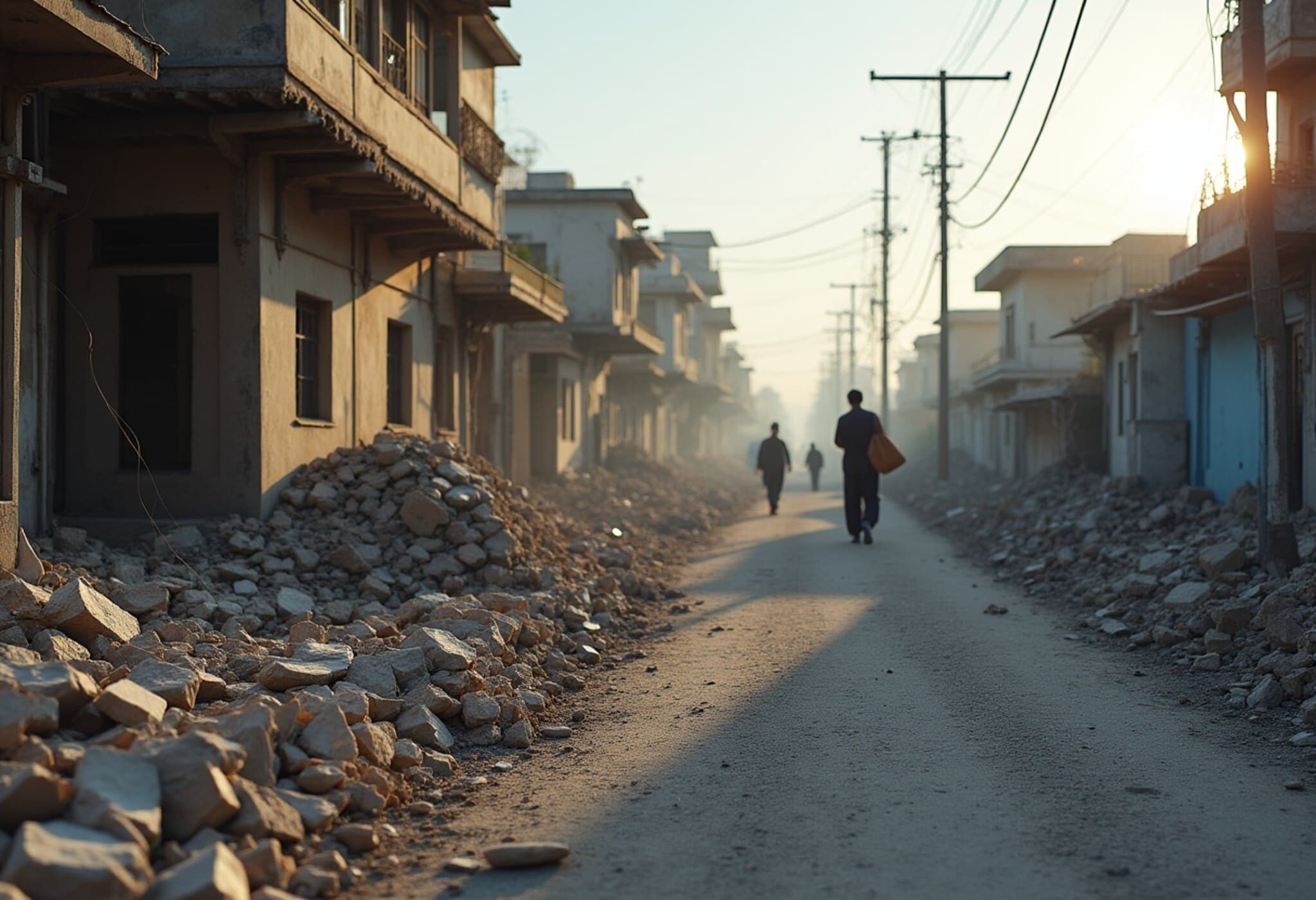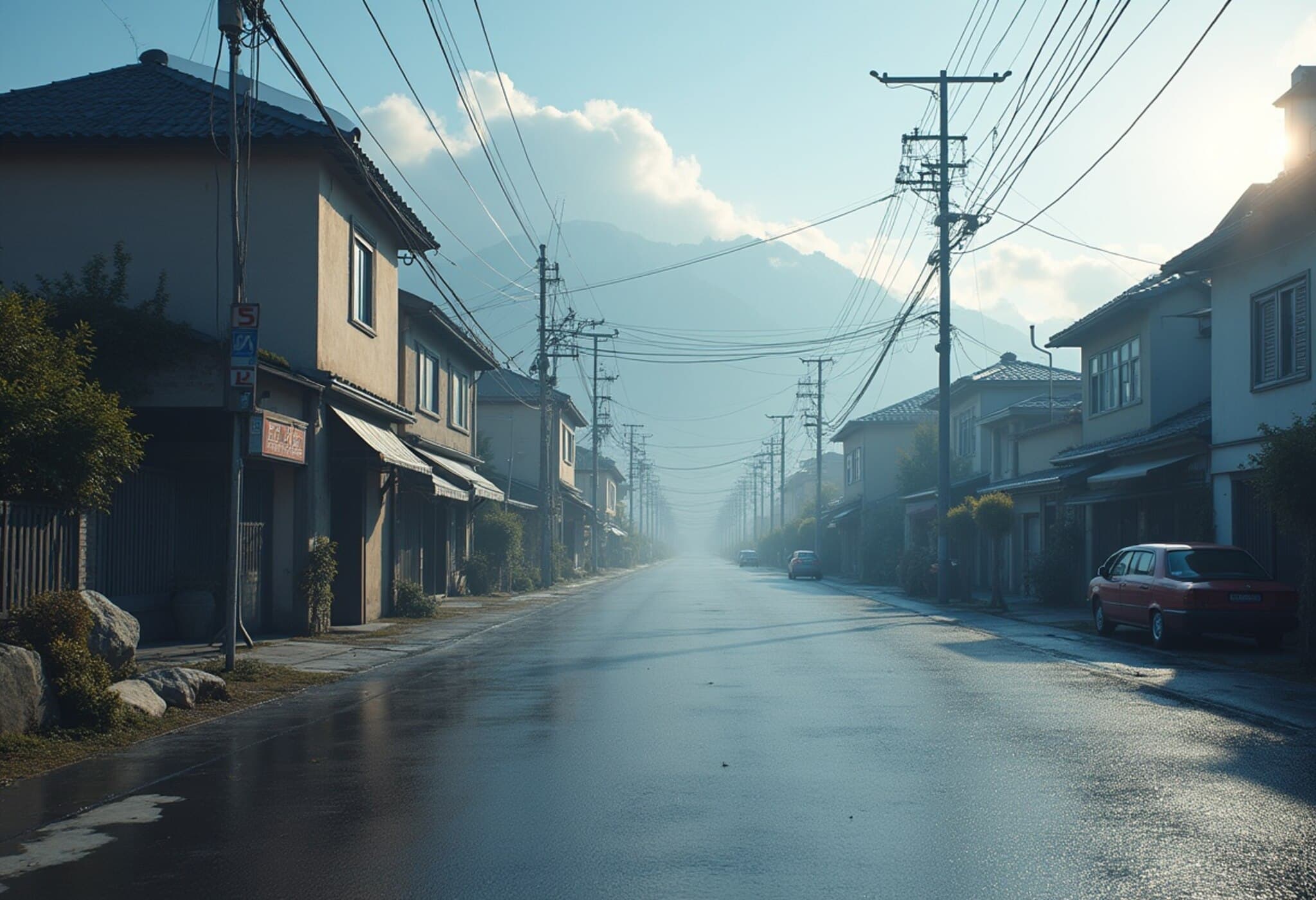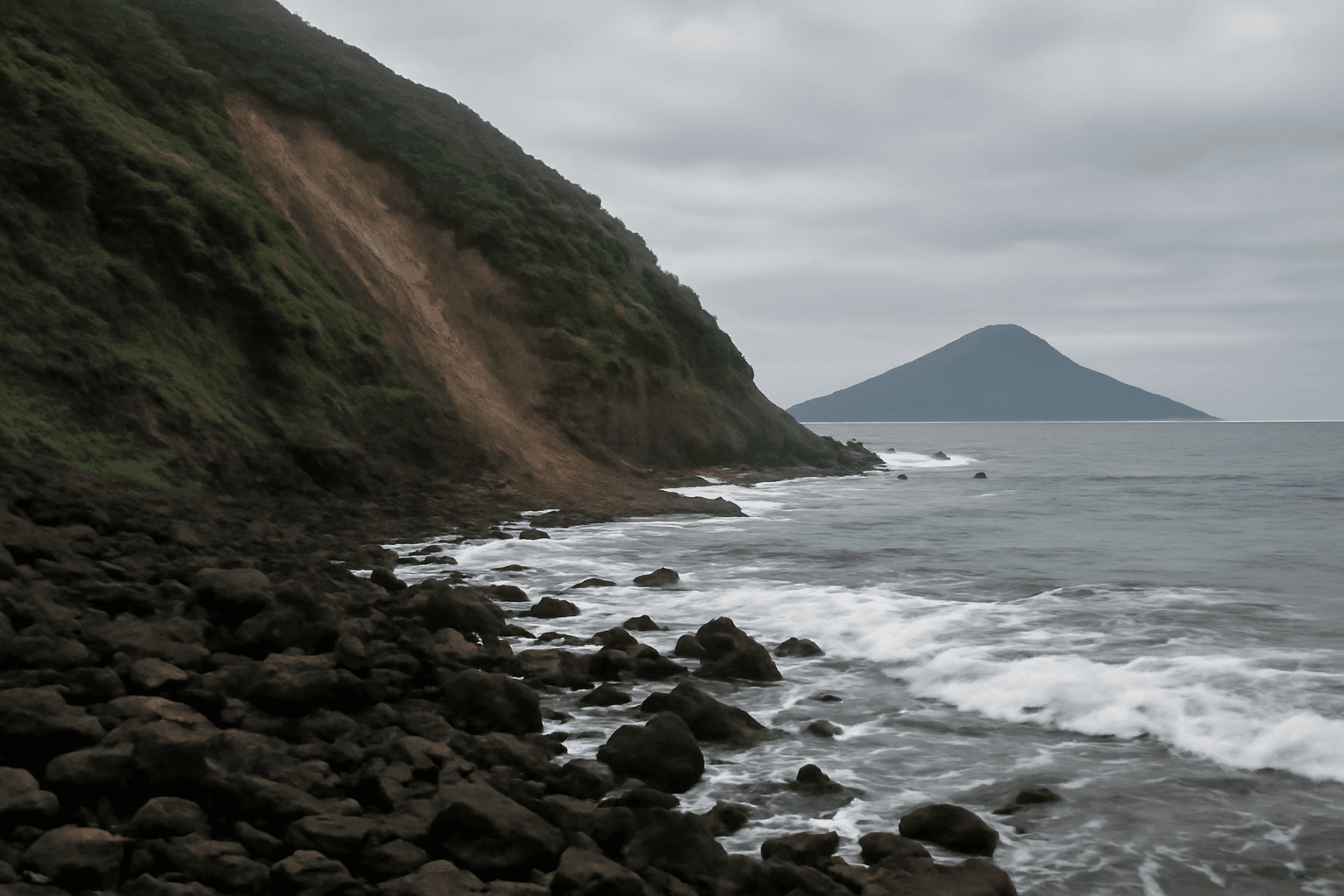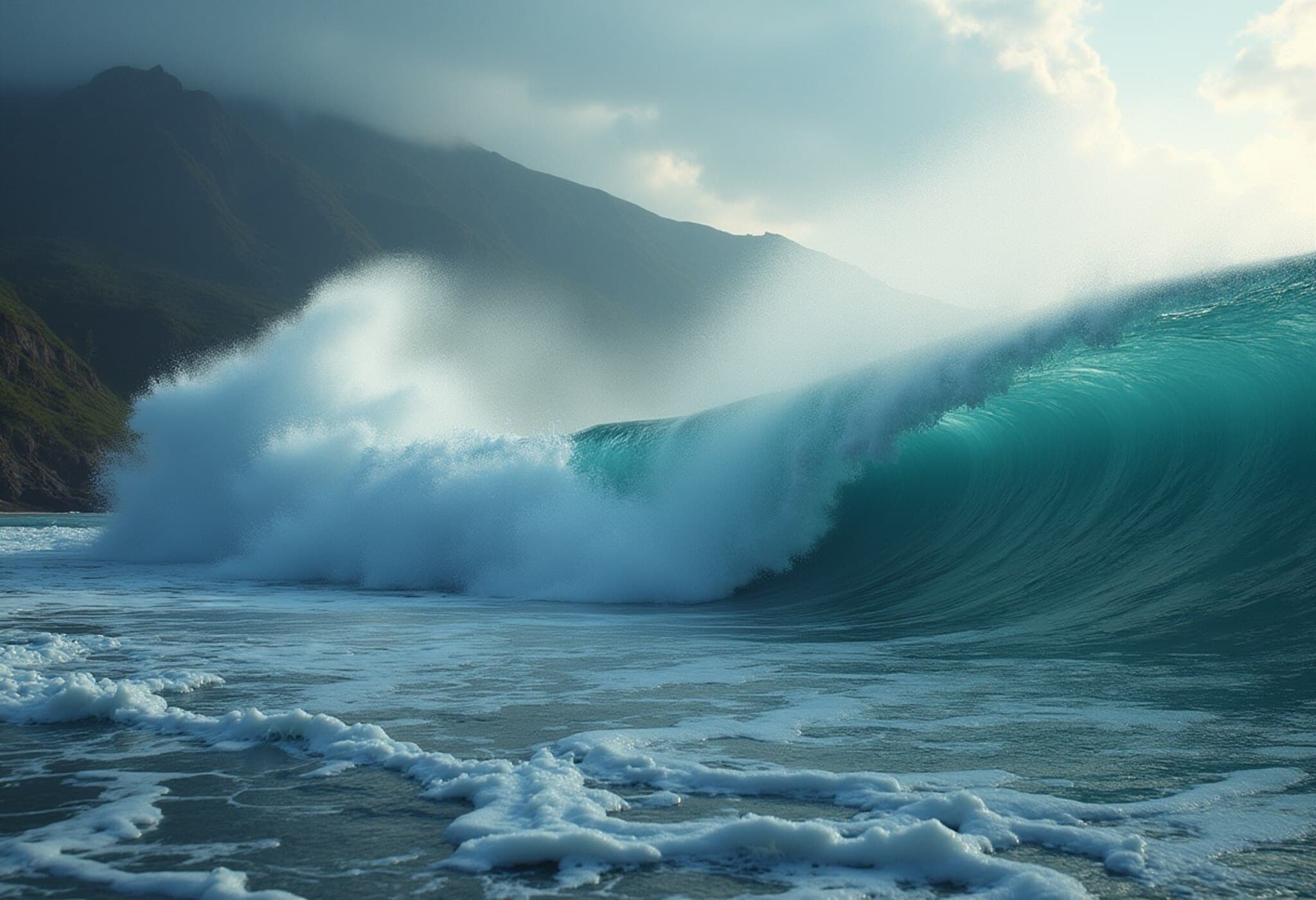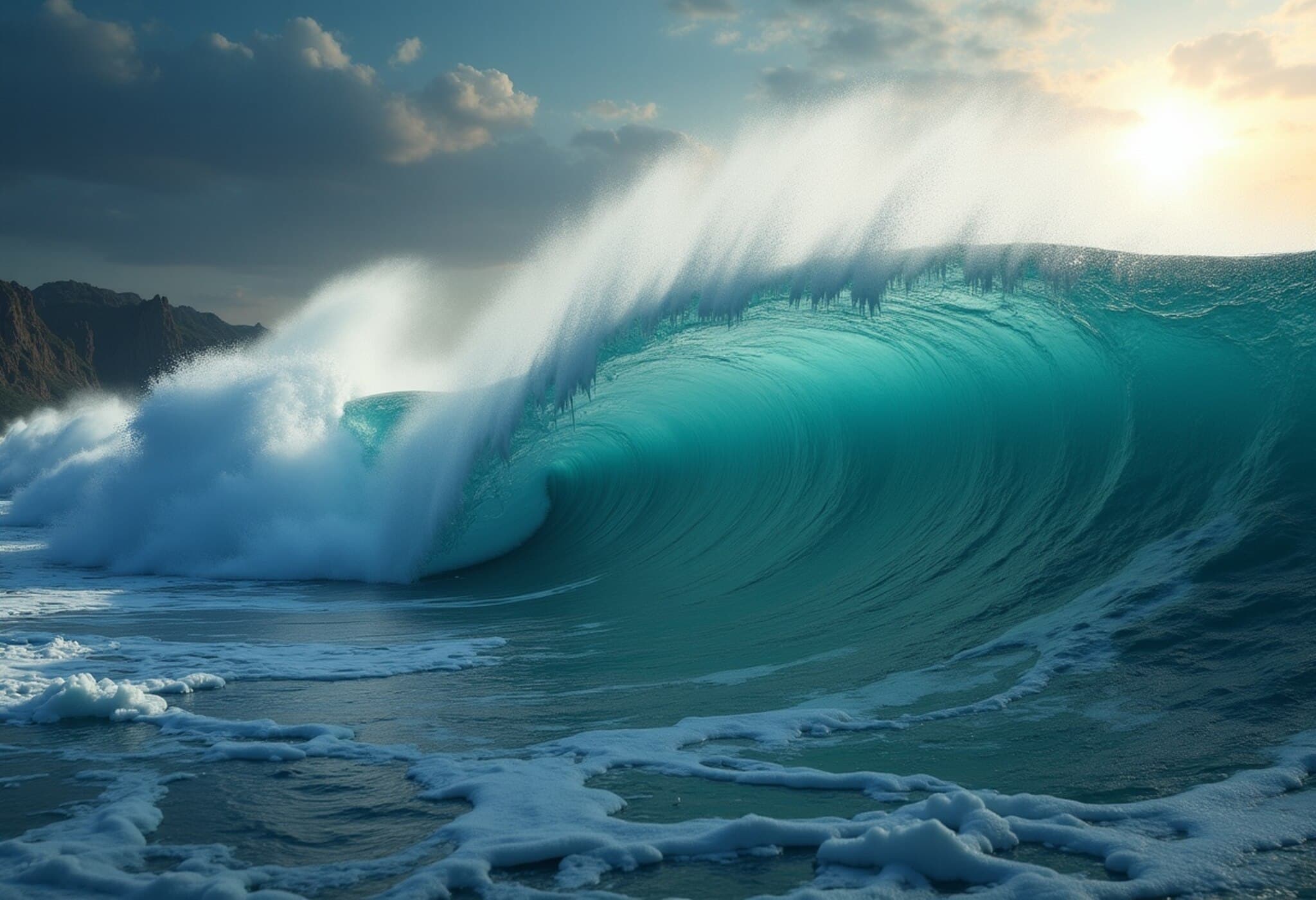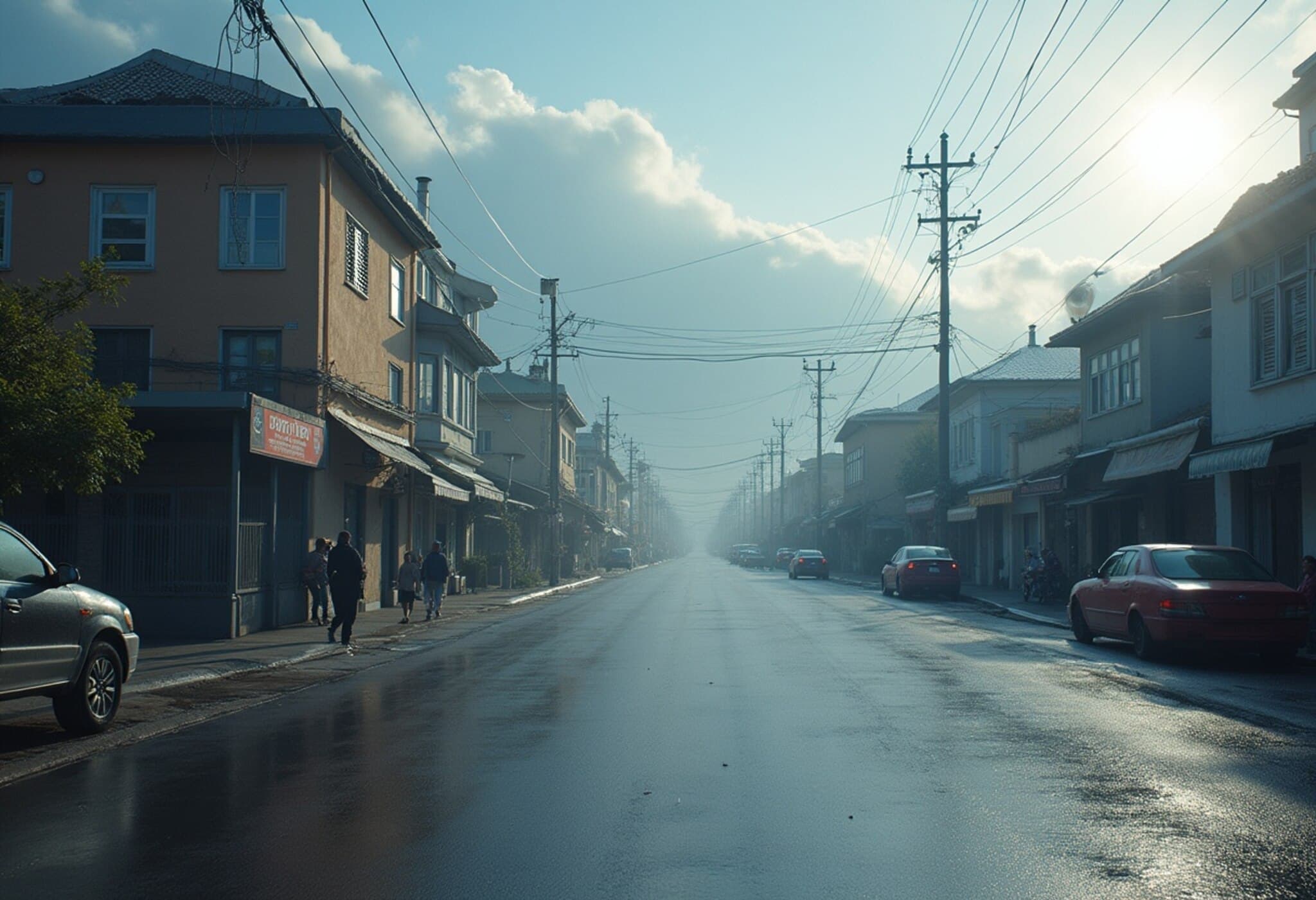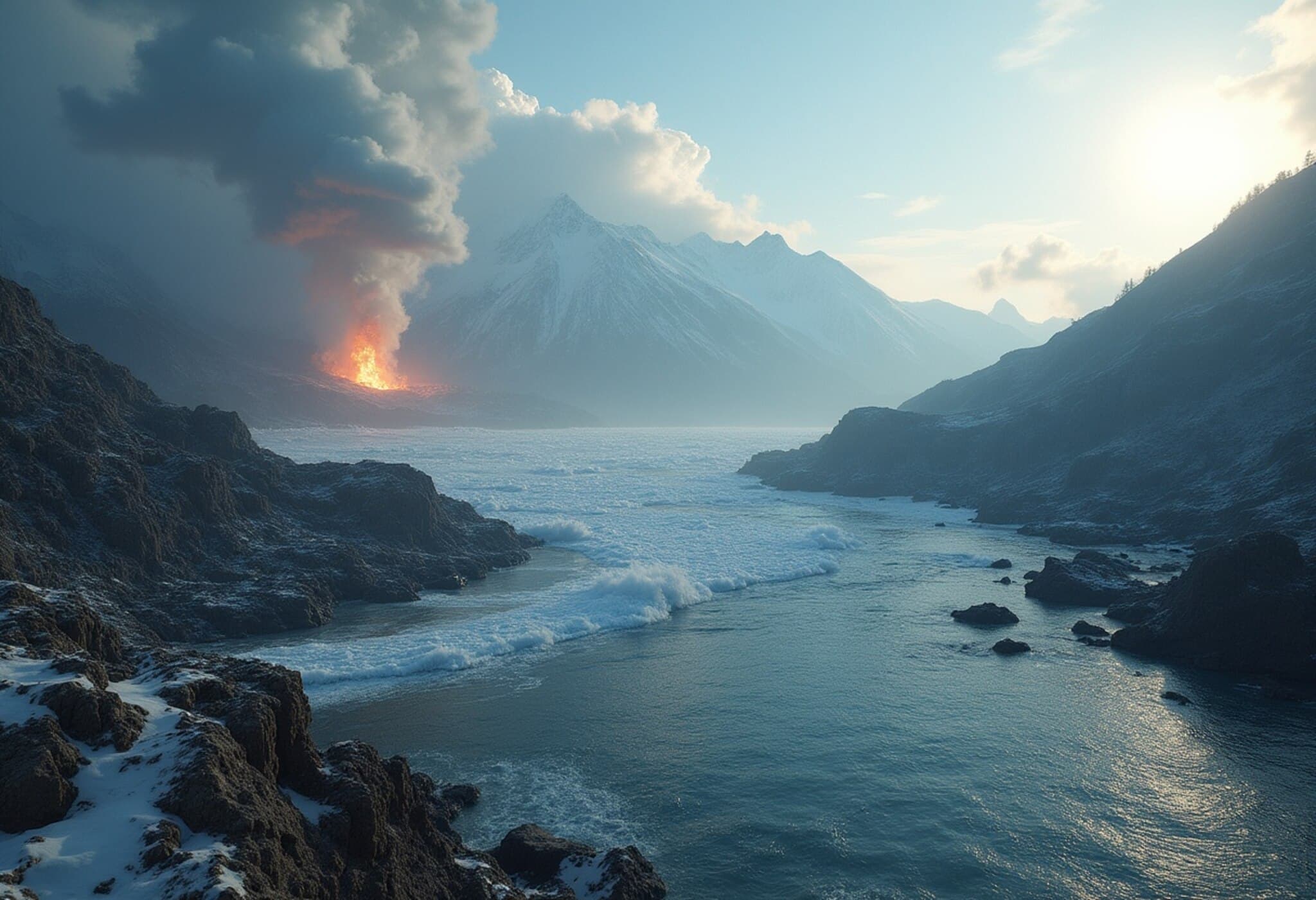Massive Earthquake Strikes Near Russia's Kuril Islands
On July 30, 2025, a powerful earthquake rattled the seismically volatile region off the coast of Russia's Kuril Islands, prompting urgent tsunami warnings for coastal communities in both Russia and neighboring Japan. The earthquake, which registered a magnitude exceeding 7.8, has reignited concerns about the region’s vulnerability to natural disasters, long-standing due to its location along the Pacific “Ring of Fire.”
Tsunami Hits Coastal Areas: Immediate Impact
Following the earthquake, tsunami waves were detected affecting several coastal zones, triggering emergency responses. Early reports indicate that the waves have caused localized flooding and damage to infrastructure, although comprehensive assessments are ongoing. Authorities on both sides of the border have issued evacuation orders, emphasizing the unpredictable nature of tsunami behavior and the need for rapid public compliance.
Understanding the Kuril Islands’ Seismic Risks
The Kuril Islands sit along a subduction zone where the Pacific Plate dives beneath the Okhotsk Plate, a tectonic interaction that frequently spawns significant earthquakes and can generate devastating tsunamis. This geologically active corridor has been the source of numerous disasters in the past century, impacting both Russian Far East territories and northern Japan.
Expert Insight: What This Means for Regional Preparedness
Dr. Elena Vasilieva, a leading seismologist specializing in Pacific Rim earthquakes, comments: "This event underscores the urgent need to enhance tsunami detection and evacuation frameworks. While monitoring technology has improved significantly, community readiness remains uneven across remote areas, where communications and infrastructure are limited."
From a policy perspective, this event raises critical questions about cross-border cooperation in disaster response. Given the shared risk, bilateral initiatives between Russia and Japan could prove essential in streamlining early warnings and resource mobilization.
Underreported Challenges and Long-Term Impacts
While immediate concerns focus on physical damage and human safety, longer-term economic disruptions are also likely, especially for remote fishing communities and the maritime industry. Additionally, environmental consequences such as changes to coastal ecosystems and contamination from damaged facilities may have lasting effects.
- Community Resilience: How prepared are isolated populations to respond without rapid outside assistance?
- Infrastructure Vulnerability: To what extent do aging buildings and ports meet earthquake-resistant standards?
- International Coordination: What mechanisms are currently in place for Russia-Japan cooperation on tsunami warnings and rescues?
Looking Ahead: Enhancing Warning Systems and Public Awareness
Experts advocate for expanding seismic and oceanographic monitoring networks and investing in community education to reduce casualties in future events. Integration of local knowledge into official disaster plans can bridge gaps between scientific data and practical preparedness.
Moreover, media outlets and governments must prioritize transparent, timely communication to avoid misinformation and panic during such crises.
Editor’s Note
This earthquake and subsequent tsunami warning reveal not only the raw power of Earth's tectonic forces but also the critical importance of preparedness in vulnerable regions. As climate change and human activity increasingly intersect with natural hazards, resilient infrastructure and international collaboration become more than just goals—they are necessities. Readers are encouraged to consider how geopolitical relations and community engagement can be strengthened to safeguard lives against future seismic events.

